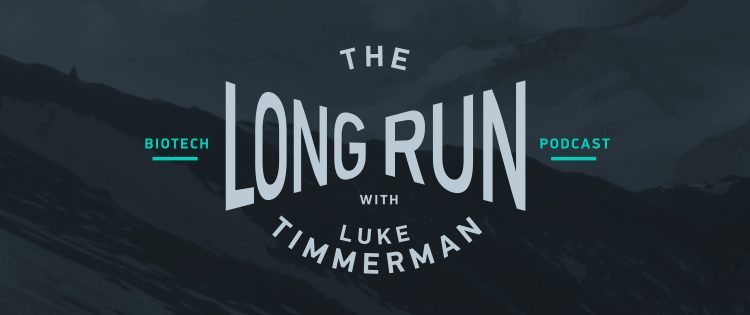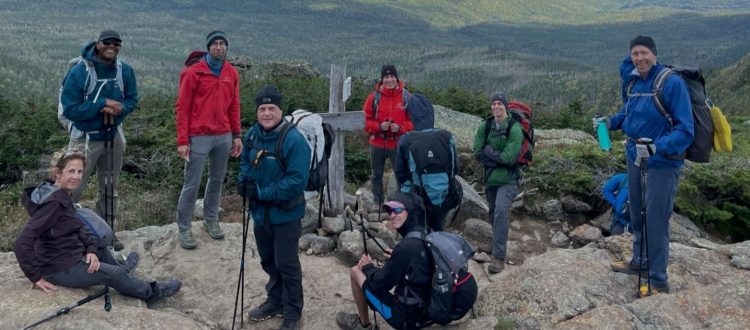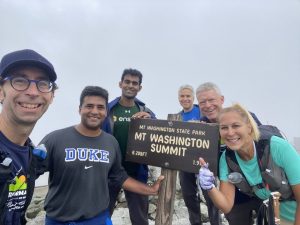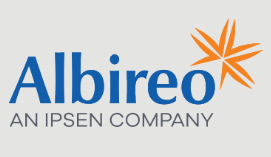Get In-depth Biotech Coverage with Timmerman Report.
8
Aug
2023
Recursion Screens Protein-Small Molecule Interactions at Vast Scale
Please subscribe and tell your friends why it’s worthwhile. Quality journalism costs money. When you subscribe to Timmerman Report at $199 per year, you reward quality independent biotech reporting, and encourage more.


















